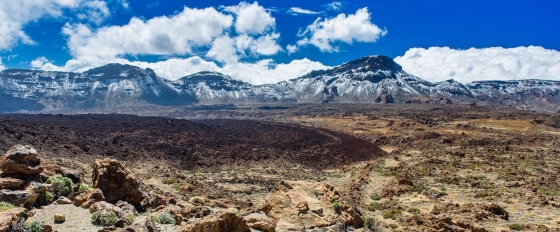Vilarrodis Temperature by Month
This graph shows the average minimum and maximum temperatures throughout the year in Vilarrodis (Galicia), Spain. The minimum temperature is often recorded between 4 AM and 6 AM, while the highest temperature is usually reached at 3 PM. During this time the sun's heating effect is the strongest.
Temperature patterns do vary with the seasons. In winter, the time of minimum and maximum temperatures can shift slightly compared to summer.
- The months of June, July, August and September have nice average temperatures.
- On average, the warmest month is August with 23°C.
- On average, the coolest month is January with 14°C.
- The average annual maximum temperature is 18°C.
- The average annual minimum temperature is 12°C.
Current temperature in Vilarrodis
broken clouds and no rain
broken clouds and rain
partly cloudy and chance of slight rain




